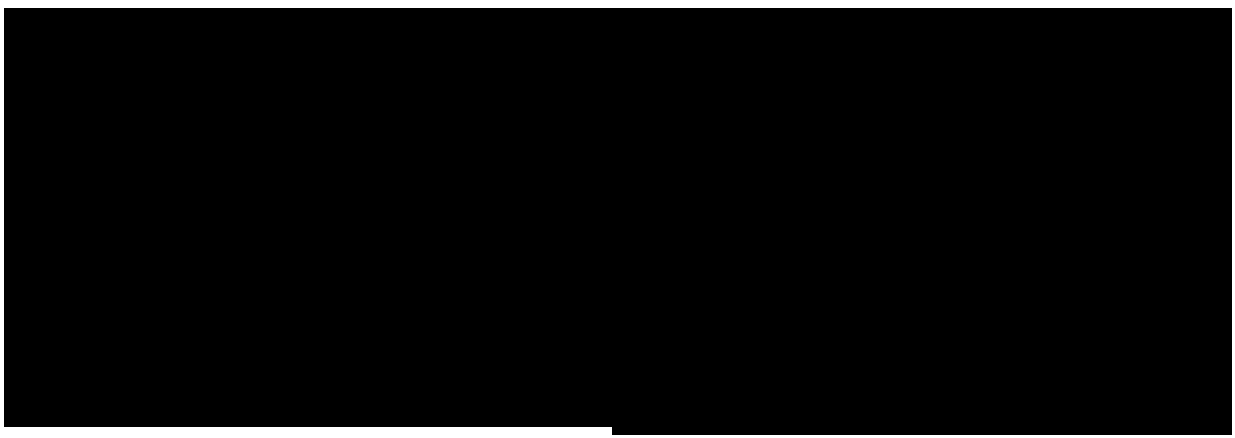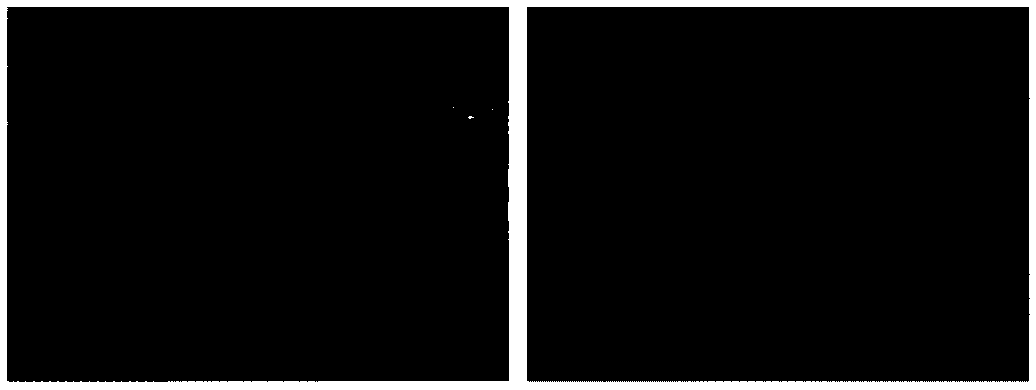Layer-by-layer self-assembly film, preparation method and application thereof
A layer-by-layer self-assembly and self-assembly layer technology is applied in tissue regeneration, medical science, prostheses, etc. It can solve the problems of not being able to wear it for a long time, poor oxygen permeability of contact lenses, and corneal epithelial shedding, etc., to achieve Conducive to the smooth repair of wound surface, flexible and convenient processability, and the effect of reducing foreign body rejection
- Summary
- Abstract
- Description
- Claims
- Application Information
AI Technical Summary
Problems solved by technology
Method used
Image
Examples
Embodiment 1
[0035] Prepare 5g / L chitosan and 5g / L heparin solutions with PBS buffer, and filter to sterilize. Prepare an aqueous gelatin solution with a mass fraction of 8%, and turn it into a liquid state at 55°C.
[0036] Spread the gelatin solution evenly on the slide to form a shape consistent with the skin wound, and place the slide on ice until the gelatin solution solidifies.
[0037] Add chitosan solution dropwise on the solid gelatin, react for 1 minute, carefully absorb excess solution from the edge with a negative pressure aspirator, then add heparin solution dropwise, absorb excess solution after reacting for 1 minute, and proceed in this order for 15 minutes cycles. Put the slide in an oven at 55°C, wait until the gelatin turns into a liquid, and take out the self-assembled film, which can be used on the wound as a therapeutic dressing.
[0038] The thickness of the self-assembled film is about 10 microns, which is transparent and breathable. Polymer materials chitosan and ...
Embodiment 2
[0040] Prepare 4g / L polyvinyl alcohol, 4g / L hyaluronic acid aqueous solution, prepare 5% epidermal growth factor aqueous solution, and filter to sterilize. Prepare a gelatin aqueous solution with a mass fraction of 10%, and turn it into a liquid state at 55°C.
[0041] Spread the gelatin solution evenly on the slide to form a shape consistent with the corneal epithelial defect, and place the slide on ice until the gelatin solution solidifies.
[0042]Add polyvinyl alcohol solution dropwise on the solid gelatin, react for 30 seconds, carefully suck off excess solution from the edge with a negative pressure suction device, then add hyaluronic acid solution dropwise, absorb excess solution after reacting for 30 seconds; cycle 5 times. Add polyvinyl alcohol solution dropwise, absorb excess solution after 30 seconds of reaction, then add epidermal growth factor solution dropwise, absorb excess solution after 30 seconds of reaction, and perform 10 cycles in this order of addition. ...
Embodiment 3
[0045] Prepare 5g / L chitosan and 5g / L heparin solutions with PBS buffer, and filter to sterilize.
[0046] After routine disinfection and debridement treatment of diabetic chronic refractory skin wounds, perfuse chitosan solution on the wound surface, react for 1 minute, carefully absorb excess solution from the edge of the wound with a negative pressure aspirator, and then perfuse heparin solution on the wound surface, react for 1 minute After a few minutes, the excess solution was sucked off, and 15 cycles were performed according to this perfusion sequence, and the construction of the self-assembled wound dressing was completed. Depending on the wound repair situation, the wound dressing can be reassembled every 5 or 7 days to promote wound healing.
[0047] The self-assembled film is directly assembled on the wound surface, which fits the wound surface perfectly, and is simple and convenient. The thickness of the film is about 10 microns, which is transparent and ventilat...
PUM
| Property | Measurement | Unit |
|---|---|---|
| concentration | aaaaa | aaaaa |
| thickness | aaaaa | aaaaa |
| thickness | aaaaa | aaaaa |
Abstract
Description
Claims
Application Information
 Login to View More
Login to View More - R&D
- Intellectual Property
- Life Sciences
- Materials
- Tech Scout
- Unparalleled Data Quality
- Higher Quality Content
- 60% Fewer Hallucinations
Browse by: Latest US Patents, China's latest patents, Technical Efficacy Thesaurus, Application Domain, Technology Topic, Popular Technical Reports.
© 2025 PatSnap. All rights reserved.Legal|Privacy policy|Modern Slavery Act Transparency Statement|Sitemap|About US| Contact US: help@patsnap.com



